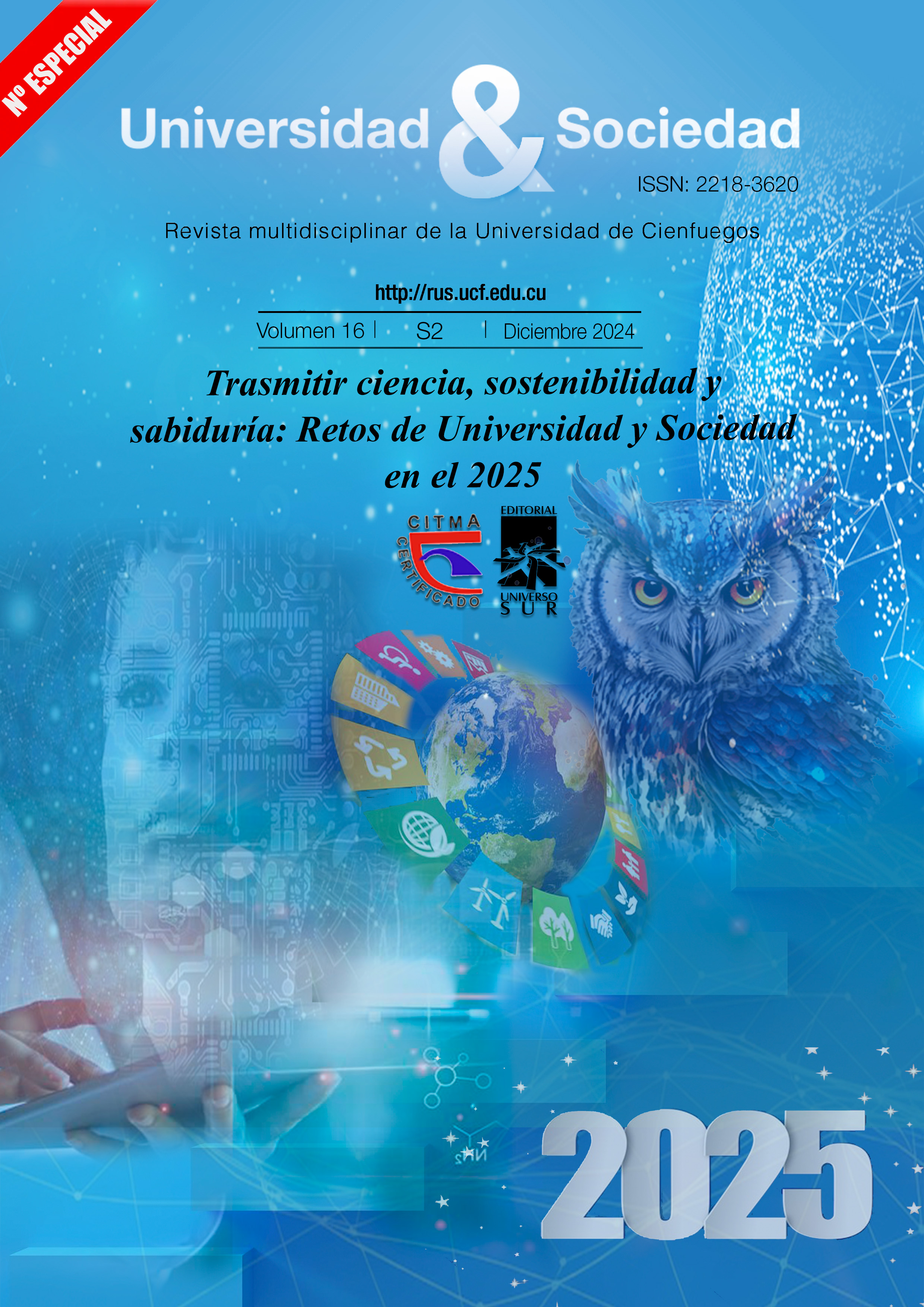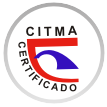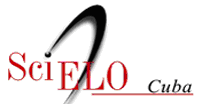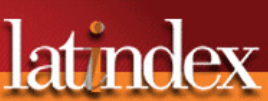New directions, methods, and features of teaching English to groups of students with non-language specializations
Keywords:
Pedagogy, Foreign language teaching methods, English language, Higher educational institutionsAbstract
The publication examines the main directions in the study of modern processes of teaching foreign (English) language to students at non-linguistic universities, presents current methods and features of teaching English, and discusses new directions. In the presented article, special attention is paid to the features of using these methods in the educational process, and it also provides an analysis of modern contradictions in teaching foreign languages in the non-linguistic environment of modern universities. Nowadays, in the age of globalization and developing scientific-technological progress, the importance and necessity of learning a foreign language are increasingly significant for future experts. This is especially true for students who do not receive language education. One of the main ways to increase the effectiveness of foreign language teaching is to include personality-oriented learning methods in the educational process. Successful English learning is influenced by teachers' experience, mastery, practical skills, and depth of knowledge of modern language. The effectiveness of the learning process also depends on sociocultural and economic factors. The use of advanced teaching methods and tools by instructors significantly enhances students' motivation and the effectiveness of language acquisition. This undoubtedly helps achieve the necessary depth of knowledge and skills that were previously possible only through prolonged immersion among native speakers.
Downloads
Published
How to Cite
Issue
Section
License
Copyright (c) 2024 Editorial "Universo Sur"

This work is licensed under a Creative Commons Attribution-NonCommercial-NoDerivatives 4.0 International License.
La editorial "Universo Sur", de la Universidad de Cienfuegos, publica el contenido de la Revista "Universidad y Sociedad" bajo una Licencia Creative Commons Atribución-NoComercial-SinDerivar 4.0 Internacional.
© Podrá reproducirse, de forma parcial o total, el contenido de esta publicación, siempre que se haga de forma literal y se mencione la fuente.










